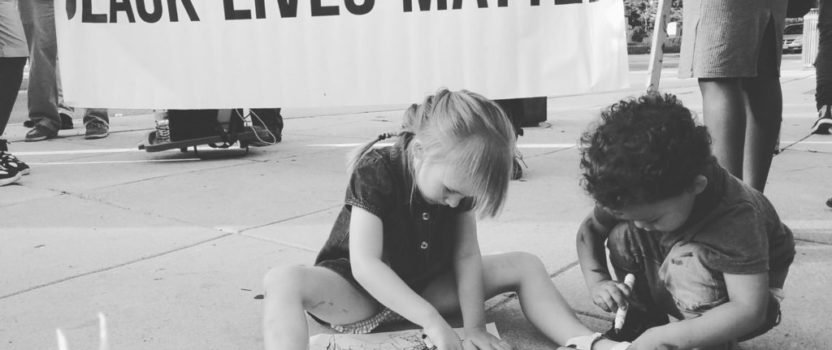Police Harassment Is Street Harassment
“Every time you see me, you want to harass me,” Eric Garner told police before he was killed.
Philando Castile had been pulled over by the police 52 times before the night he lost his life.
But there was no uproar about these incidents of harassment. There’s no place to report it. Harassment is not a crime, and because of the way that communities of color are disproportionately harmed by the criminal legal system, advocacy organizations like ours caution against criminalization. But there must be mechanisms in place to report harassment, access support, and intervene if you witness someone else being harassed.
Street harassment is about power and control, which manifests itself in more ways than gender dynamics. Historically, when we have defined street harassment, we referred to it as unwanted contact between strangers in public spaces motivated by gender, gender presentation, or sexual orientation. But we can’t talk about power and control without also discussing factors like race, class, ability, and housing status.
With the killings of Philando Castile and Alton Sterling this month, and the killings of Raphael Briscoe and Alonzo Smith here in DC, we cannot continue to ignore harassment by the state. Police harassment is street harassment.
And we know how to address street harassment. We’re collecting data on these everyday interactions, launching awareness campaigns, and training the people who are uniquely positioned to address the problem to use bystander intervention skills to prevent harassment from escalating to assault or even murder.
In recent years, we are starting to bring about the cultural change we need to show people that street harassment is a problem — and that it shouldn’t have to escalate before we recognize it as a problem. According to a 2014 study, more than 60% of women who experienced street harassment feared that it would escalate to something more severe. That fear is not unfounded: Sexual harassment is backed by the threat that 1 in 5 women will be sexually assaulted in her lifetime.
More than 1,000 people are killed by police every year, with black people three times more likely to be killed than white people. And it often starts with less severe incidents of harassment that become so normalized that targeted communities have learned to brush it off.
We need to get angry about these pervasive incidents of harassment before more black lives are lost. We also need to recognize the intersecting identities that make people more vulnerable to police violence.
A recent study by the Ruderman Family Foundation showed that as many as half the people killed by police had some kind of disability. In DC, the 2015 Trans Needs Assessment showed that 18% of transfeminine people have been assaulted by police in public spaces. We also know that black women, and especially black transwomen, are most likely to be sexually assaulted by police officers, least likely to be believed, and rarely offered support or justice.
We don’t need to see more videos of black lives being taken by the police. We need to call out police harassment as everyday racism and stop the problem before it escalates.
Share your street harassment stories with us at bit.ly/CASSblog, and we will start tracking police harassment to collect local data on the problem and approach DC Council about taking specific policy steps to address harassment that consistently threatens black lives.

